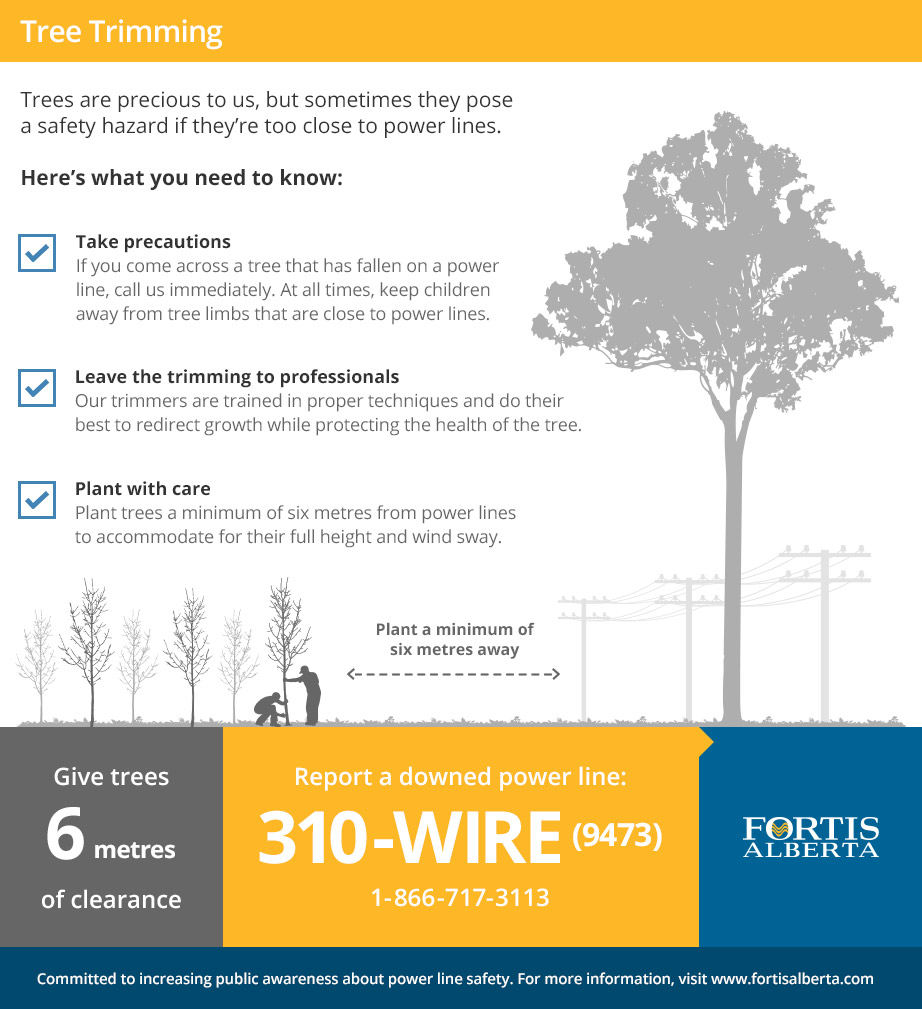Identifying The Requirement For Tree Removal: An Overview For Homeowners
Identifying The Requirement For Tree Removal: An Overview For Homeowners
Blog Article
Authored By-Siegel Long
Trees include beauty and value to residential or commercial property, however they can also pose a risk throughout extreme weather condition occasions. If a tree has stopped expanding, is exhibiting visible fungal growth, or has a leaning trunk, it needs to be eliminated by an expert to stay clear of residential or commercial property damage and injury.
To find out more, go to a homeowner resource fair co-hosted by HPD, the Facility for NYC Neighborhoods, and Brooklyn-based real estate companions this evening in Bedford-Stuyvesant. The occasion will include the Homeowner Handbook, a new guide to help property owners browse the obligations of possessing a home.
1. Dead or Dying Branches
Trees are an essential part of your home's landscape, supplying color and charm. They additionally offer shelter for wild animals and create oxygen, however even healthy trees can experience health problems that may demand their elimination. arborist certification or dying trees aren't just undesirable, they can be dangerous. Their branches can fall during a tornado, resulting in costly property damages and injuries.
When a tree's branches begin to die, it suggests that its framework is beginning to break down. If the majority of its branches are dead, it is most likely time to remove it.
Seek an absence of brand-new growth, bark peeling, open wounds or cavities, fungis growing on the trunk or roots and a basic look of decay in the whole cover. These signs of infection can show a major issue that will need professional tree solutions to settle.
2. Leaning Trunk
While it's regular for trees to lean every so often because of phototropism, if a tree has a harmful or serious lean that's not because of natural processes - maybe an indicator that the tree needs to be gotten rid of. If the tree is favoring a power line, home, automobile, play structure or any other area that could be hazardous to people if it falls, then calling an expert tree service for elimination need to be a leading concern.
It's also essential to look for any sudden changes in a tree's leaning as it can indicate damages to the roots or trunk that might bring about falling. This is particularly real during stormy weather, since high winds and rain-soaked soil can cause a lean to alter swiftly. Routine surveillance, specifically during and after storms can aid house owners acknowledge potential problems with their trees so they can call an arborist for a thorough assessment.
3. Insect Infestation
Some pest infestations, such as wood-boring pests like emerald ash borer or sap-suckers like scale insects, are so serious that they can cause a tree to die. The very best method to stop pest infestation is to check your trees regularly. Look for spots, openings, or stainings in the fallen leaves and bark. Take a look at the trunk for fractures and indications of insect damage, such as passages or tracks.
If a tree comes to be too plagued with insects, or is close to a home or power lines, an arborist might suggest elimination. If https://charlielgbwp.blogs100.com/29806401/selecting-between-diy-and-hiring-professionals-for-tree-removal leaning tree creates a brand-new, unstable lean, an arborist will likely advise elimination as well to ensure the safety and security of people and property. If a weakened or dead tree consistently sheds too much branches, it is an indicator that it is time to eliminate the tree. If a tree remains to shed branches for a prolonged period of time, it might cause architectural issues and potential residential or commercial property damage.
4. Harmed Trunk
Trees are a gorgeous and important part of our landscape, but they do need normal like maintain them healthy and risk-free. If a tree is damaged irreparable it is likely time for it to come down.
Seek indications of damage to the trunk, including upright cracks, joints, dead branch stubs, visible injuries or open cavities and extreme tree-rot. The presence of fungis at the base of the trunk is another advising indication. Fungi may show that the phloem and xylem (life-support cells) are endangered, allowing for the spread of condition or a future failure.
Likewise, think about whether the tree has quit growing. Healthy and balanced trees will have new growth yearly, which may be visible as buds or branches sprouting and expanding. If you could try this out do not see any type of brand-new development, it's a good concept to have an arborist examine the tree and follow their referral for removal. A dying or damaged tree can drop and create home damages.